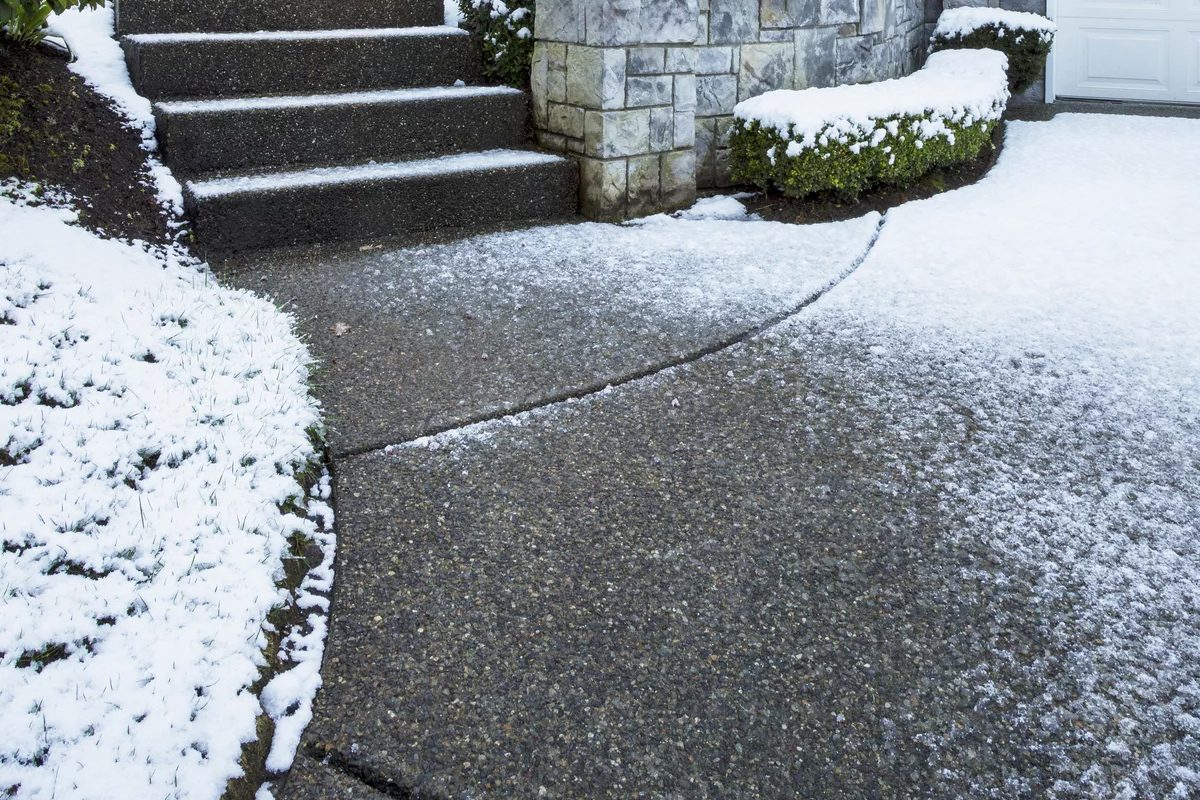With the vibrant colors of fall leaves and the chill of winter just around the corner, homeowners often overlook one critical aspect of home maintenance: ensuring that their basements are prepared for the colder months. Fall and winter bring with them specific challenges that can have severe consequences for basements and foundations if they are not adequately addressed. In this blog, we will explore the steps homeowners should take to waterproof their basements and ensure their foundations are in top shape for the seasons ahead.
1. Why Fall and Winter Matter for Basements
Seasonal changes are more than just temperature drops and changing leaves. They also bring increased rainfall, snow, and changes in soil composition. These can lead to:
- Moisture Accumulation: Fall rains and melting snow in the winter can lead to water accumulation around your home’s foundation.
- Soil Expansion and Contraction: As the ground freezes and thaws, it can exert pressure on the foundation, potentially leading to cracks.
2. Inspecting for Existing Damage
Before winter arrives, thoroughly inspect your basement and foundation for any signs of damage:
- Cracks in Walls or Floors: Even small cracks can become bigger problems if water freezes inside them.
- Damp Spots: This can be a sign of water seeping in.
- Mold or Mildew: This indicates that there’s already excess moisture in your basement.
3. Waterproofing: A Crucial Step
Waterproofing is essential in preparing your basement for the colder months. Consider:
- Interior Waterproofing: This includes sealing any cracks or gaps in your basement walls and floor.
- Exterior Waterproofing: This involves applying a protective barrier to the outside of your basement walls, preventing water from seeping in.
- Install a Sump Pump: If you don’t already have one, consider installing a sump pump to remove water that might accumulate in your basement.
4. Check Your Drainage
Your home’s drainage system plays a crucial role in keeping water away from the foundation:
- Gutters and Downspouts: Ensure they are free of debris so that water can flow freely and be directed away from the foundation.
- Grading: The ground around your home should slope away from the foundation. This ensures that water doesn’t pool around the base of your house.
5. Foundation Repair
If you find significant cracks or other foundation issues, consider hiring a professional for foundation repair:
- Piering: This involves driving steel posts through unstable soil to provide support for your foundation.
- Slabjacking: This process raises a sinking foundation by pumping a filler material underneath it.
6. Insulate for Extra Protection
Lastly, insulating your basement walls can help:
- Keep Heat In: This can save you money on energy bills in the winter.
- Prevent Frost Heave: Insulating can also help prevent the ground near your foundation from freezing and expanding.
As fall sets in and we brace ourselves for the winter chill, it’s crucial to give our basements and foundations the attention they deserve. By waterproofing, inspecting, repairing, and insulating, homeowners can ensure a dry, warm, and safe environment throughout the seasons. Remember, preventive measures now can save costly repairs in the future. Stay prepared, and enjoy the beauty of fall and winter with peace of mind!








